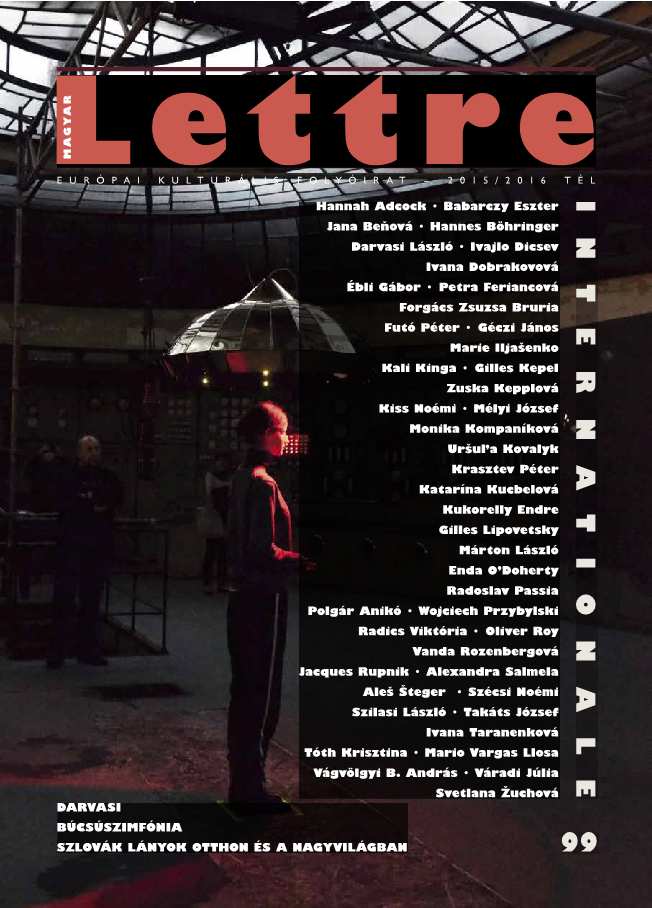
We kindly inform you that, as long as the subject affiliation of our 300.000+ articles is in progress, you might get unsufficient or no results on your third level or second level search. In this case, please broaden your search criteria.

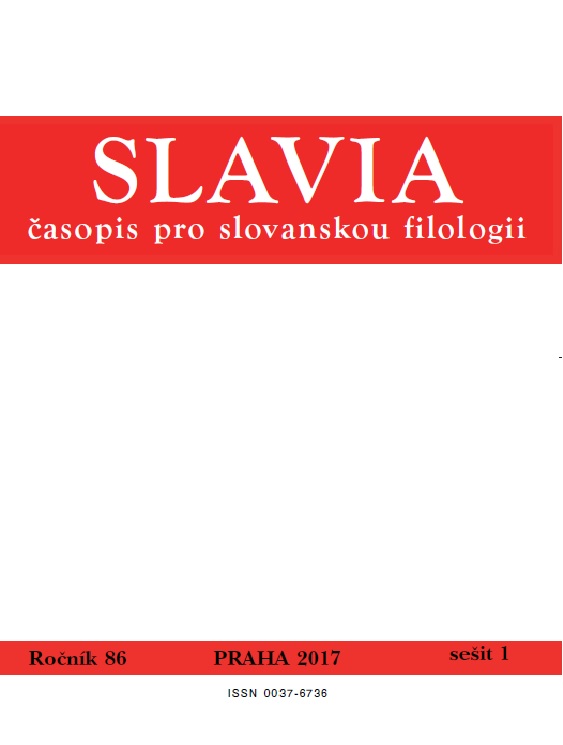
The article focuses on marginal work of one of the most important representatives of the Slovak National Revival. Ľudovít Štúr during his studies in Halle visited Lusatia and issued a travel book Journey to Lusatia (Taken in the Spring 1839). The text follows on the one hand, typical features of the revivalist manuscript (especially contemporary cliché), on the other hand, we illustrate the lack of a typical romantic stylization. The travelogue by Ľudovít Štúr is a type of utopian architectural concepts of monolithic and compact Slavs, who played an important role in the birth of the nation in the first half of the 19th century. Ľudovít Štúr offers a different kind of a patriotic travelogue than the one advocated in the literature, eg. by Ján Kollár.
More...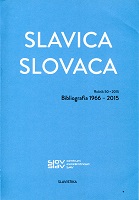

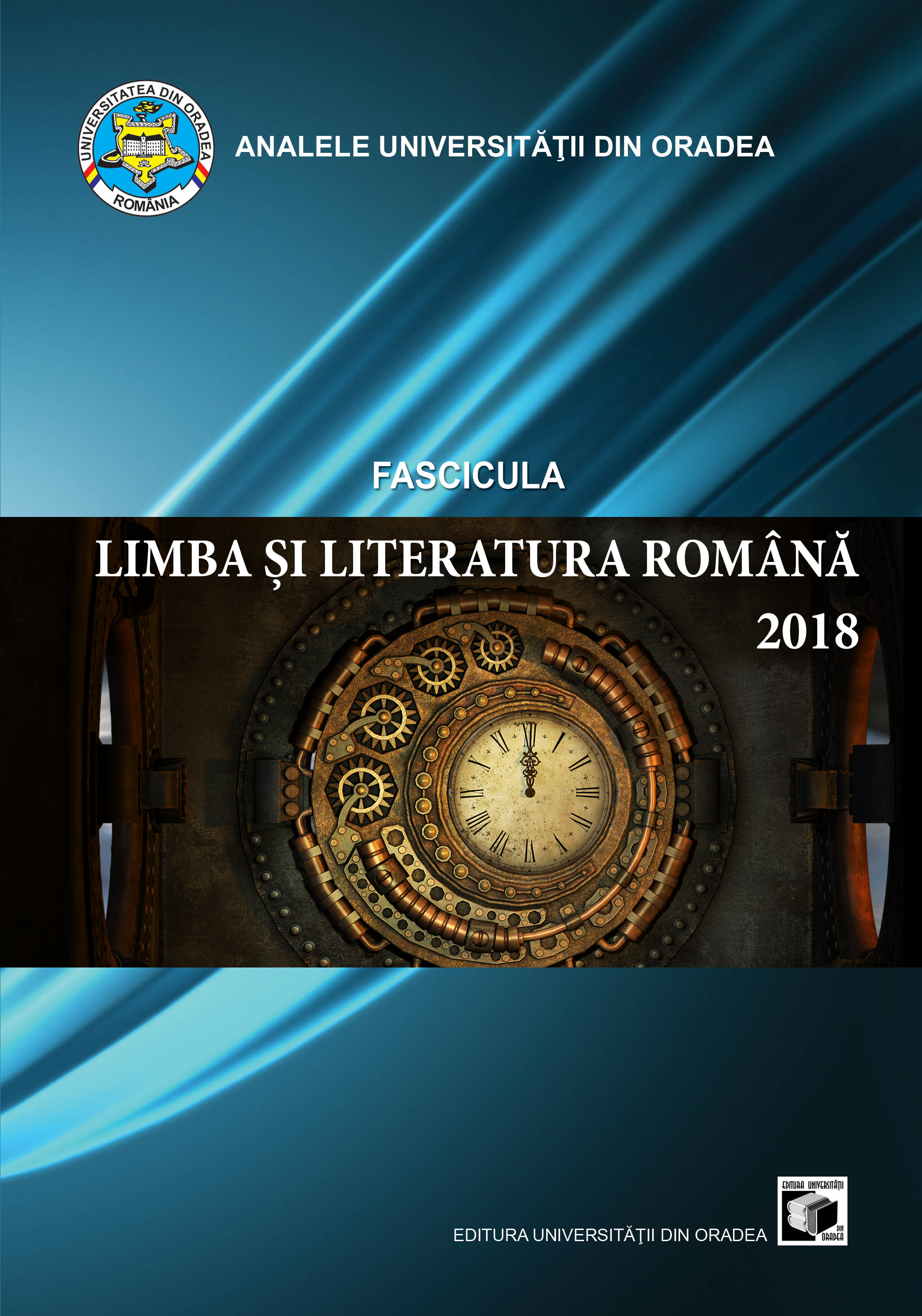
The socialist system (which lasted in Czecho-Slovakia from 1948 until 1989) saw a variety of periods in culture, especially in literature. More relaxed phases were always followed by a wave of suppressions. The sixties are considered the most liberal and therefore the most productive epoch creatively, but, unfortunately, they were interrupted by the Soviet occupation that took place on 21st August 1968. The so-called normalisation, which followed the occupation, meant a disruption of positive developments and had an enormous negative impact on the whole cultural community. When the velvet revolution overturned the totalitarian regime, restored the democratic mechanisms in society and introduced the market economy, these changes unsettled the cultural life and the lives of writers who had to respond to various challenges and find a new way to approach the audience. The literary situation in Slovakia after 1989 was confused for several years. Within a short time, many opposing elements appeared as the writers and also the readers searched for themselves. Gradually, certain trends started to emerge as themes of the new social and literary situation.
More...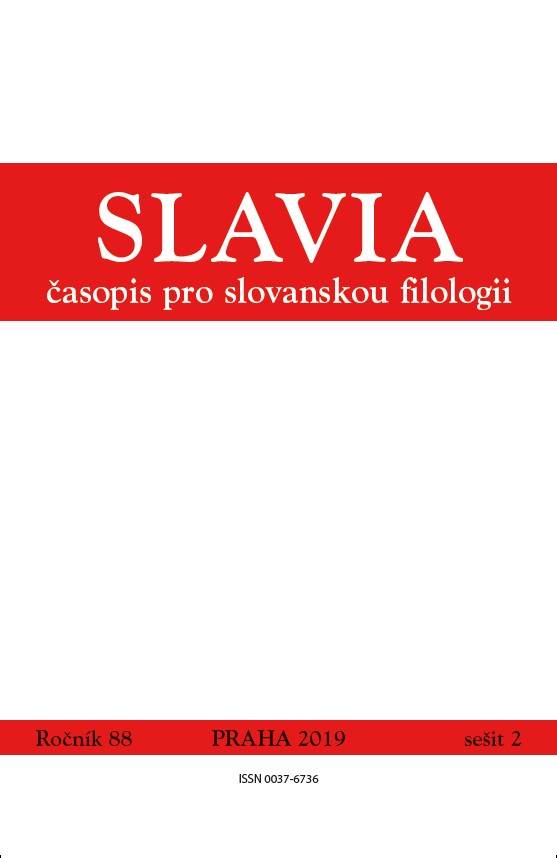
The paper analyzes two Slovak novels; namely Peter Jaroš’s The Millennial Bee (Tisícročná včela) and Pavol Rankov’s It Happened on 1st September (or some other time) (Stalo sa prvého septembra (alebo inokedy)). These novels were published in different cultural and political contexts and they both concern three diff erent decades of Slovak history. The former novel deals with a period between 1890–1919; the latter with the war and post-war period since 1938 till 1968. Both the novels are not traditional historical novels but rather innovative historical fiction using postmodern narrative strategies. In these novels; the narrative dealing with historical facts overlaps with tragic stories of fi ctional characters. The most important themes of both the novels is the depiction of destructive social processes and a decay of traditional and naturally created communities as well as depiction of emerging ethnic and later also social conflicts and a covert continuity of multicultural and tolerant society.
More...
The novel by Slovak writer G. Maršall-Petrovský (1862–1916) Jánošík with the subtitle Kapitán horských chlapcov; jeho búrlivý život a desná smrť can be regarded as a part of the contemporary novel genre consciousness where elements of a historical and adventurous novel are present. The novel stands at the beginning of adventurous-historical journey and it is the breakthrough in dealing with the theme of Jánošík that has been predominantly the topic of the poets so far. Maršall-Petrovský combined his own artistic vision of youth life journey of a legend emblazoned folk hero together with Ján Botto’s verses from Smrť Jánošíkova and folk traditions of the fantastic Jánošík’s actions. The author embodies „the looted national treasures” into the resemblance of the national intentions on the break of the 19th and 20th century and presents the depiction of the idealised fighter for national freedom. Jánošík is in the position of an exposed national hero who is supposed to fulfil his mission and becomes a mythological picture. The writer illustrated the presence through historical features while addressing contemporary moral and psychological problems of his time. He constituted the points for anchoring of the collective memory together with the aim to create an image of continuance; construction of the past is focused on organising of the present and projecting into the future. Moreover; he freely manages reality and comes closer to the fictional world; highlighting the bridge between literature being the tool of a national struggle; aesthetization and leasure-entertainment function of this genre.
More...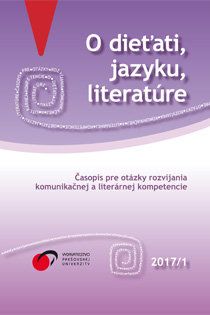
The study presents the analysis of prose works for children and youth in terms of the frequency of the theme of a human with social or health disadvantage and the ways of his/her portrayal. The analysed sample comprised both original and translated production published in Slovakia in the period between 1850 – 1948. The authors analysed the sample in terms of: 1. presence of social and health disadvantage (with a focus on somatic and sensory impairment, and intellectual disability) in the prosaic works; 2. modifications and function of this topic in the structure of the literary works and in a relation to the recipient; 3. modifications that the topic was subjected to in portrayal of relationship of society towards a person with social and health disadvantage. Based on the analysis, there were formulated the conclusions on attitudes adopted by the then contemporary society towards a human with social and health disadvantage and in the literary renderings for children and youth in Slovakia.
More...
The role of school as an educational-upbringing institution has to change in the 21st century. One response to the current problems of education is a broader definition of literacy. The author of the article focuses on moral literacy as one of the new literacies, which he considers to be one of the necessary parts of upbringing and education. Another response to improve the contemporary situation is to apply a holistic approach in teaching school subjects. The author of the article is trying to show the integration of literary competence and moral competence through content analysis of literary texts by writer P. Karpinský. The basic resource for analysis and interpretation of literary texts is the concept of prosociality through which it is possible to identify the degree of prosocial orientation in literary texts. A strongly prosocially oriented literary text is an appropriate means for the development of moral literacy.
More...
![Vecne i poeticky o „Slovenskom Homérovi“ [SLIACKY, Ondrej, 2015. Pavel Dobšinský. Život s rozprávkou. 1. vyd.
Bratislava: DAJAMA, 96 s. ISBN 978-80-8136-057-2.]](/api/image/getissuecoverimage?id=picture_2017_51713.jpg)
![Rozhodnite, ako Vám srdce káže a duša našepkáva
[Žena moja drahá. P. O. Hviezdoslav manželke Ilone. 2016.
Zostavila Jana Juráňová. Bratislava: Slovart. 175 s. ISBN 978-80-556-2355-9.]](/api/image/getissuecoverimage?id=picture_2017_51713.jpg)
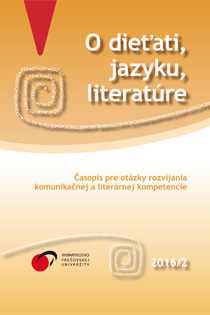
The article is about forming literary-critical reception of modern literature for children and youth in Vojvodina (Serbia) after 1945. The analysis of contemporary day-to-day reviews and opinions on books for children contributes to more profound and more detailed summary of the beginnings and the first important impulses in critical reflexion. The authors of the first reviews and opinions were the authors, editors, or pedagogues themselves, for example: A. Čipkár,P. Mučaji, M. Babinka, J. Tušiak and others. Later, some other experts from different areas tried to do this: J. Kmeť – a literary critic and literary historian, M. Myjavcova – a linguist, and, fromyounger generation, M. Demák – a journalist and writer for children. In the 1990’s, some other experts dealt with this issue: Z. Spevák – a pedagogue and writer for children, and, especially, J. Hodoličová – an university professor. Apart from the reviews of books for children and youth, the author in her article also deals with more recent memoirs on this issue by some critics from Vojvodina, and the meetings where the main focus was the creation of literature for children and youth.
More...
The paper focuses on poetic texts which develop the subject of plurality of inhabited worlds. It continues on the research into the forms of this subject in the European literary tradition and in the new Latin-language tractate literature of Slovak provenance. The beginnings of thematizing plurality of worlds in Slovak poetry in vernacular language date back to the times when the influence of the Enlightenment ideas was at its peak or was still noticeable. The subject is present in a number of passages from Tragoedia by Augustín Doležal, which is undeniably only a fraction of the whole work, however,the idea of plurality of worlds has its significance in the system of teodicea, which was followed by this piece of writing. The subject was introduced into Slovak translation poetry by English poet Alexander Pope´s poem An Essay on Man, translated by Bohuslav Tablic. The paper is based on the assumption that Slovak literature was evolving in the area of poetic reflection in a way similar to those in other Eurepean literatures. It forms parallels with 18th century Russian literary production based on closer interconnections between the works of A. Doležal and Mikhail V. Lomonosov. The conclusions show that the subject is represented by the works of significant Slovak poets from the late 18thand early 19th centuries. The fact that it is part of a more complex ideological system proves strong links with the European intellectual and literary context.
More...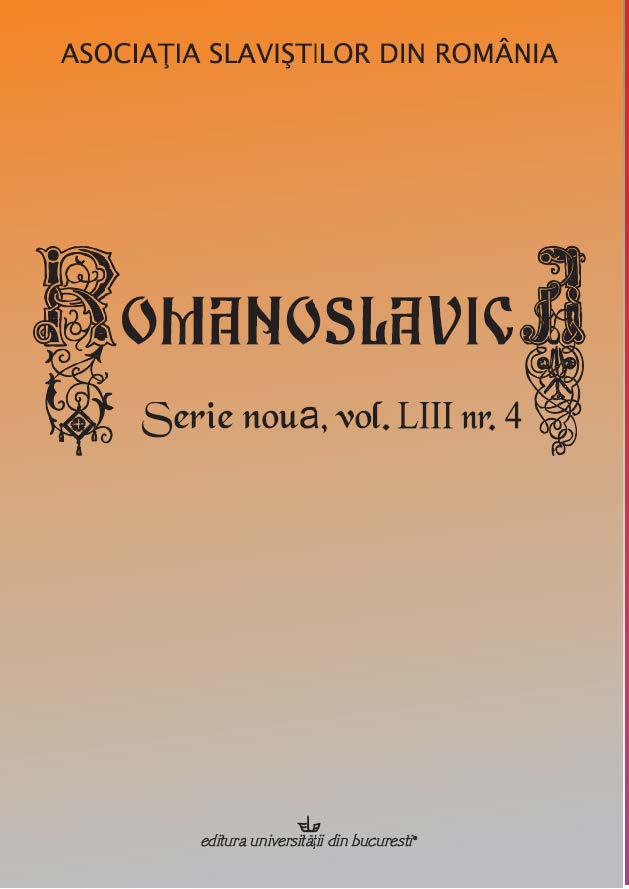
In this article we focus on the interpretation of three short stories with motive of marriage written by famous Slovak female writer Božena Slančíková Timrava. We are concerned how the main motive of the texts Za koho ísť?, Pozde and Príde čas is presented from different points of view and via different characters. Important feature we found in Timrava’s texts is the picture of people from the end of the 19th century and the first half of the 20th century. She captures them together with their inner world, turmoil as well as their hopes and dreams. What is very important is that the inner life of presented characters is usually very different from their outer behavior. We see them in their simple humanness; we observe their attempts to hide from the society as well as their shame, defiance and desire to manipulate others according their own wishes. As one of the ways how to explain their behavior we suggest the Maslow’s theory of the motivation and we are presenting its main points in the theoretical part of our paper. The desire to fulfill one’s needs is very strong in examined texts and we can consider it an underlying driving force of both conscious and unconscious behavior of the characters and it is also the main factor which is creating and moving the story line.
More...
The author has chosen a non-usual point of view to examine the two short stories indicated in the title. She states her motives by saying that this is the conflict the subject-matters of the novels are built around. She dismembers her message in compliance with the pattern used when writing down people’s healing: she characterizes the specialists of the two strata of healing who also appear in the two writings, describes the protagonists’ diseases and their reasons, the ways the diseases are tried to heal, and the way the protagonists take them. The short story Skon Paľa Ročku also affords her the opportunity to analyse the narrow and wide milieu’s Christian ethics-based attitude to the protagonist’s illness that ends in death.
More...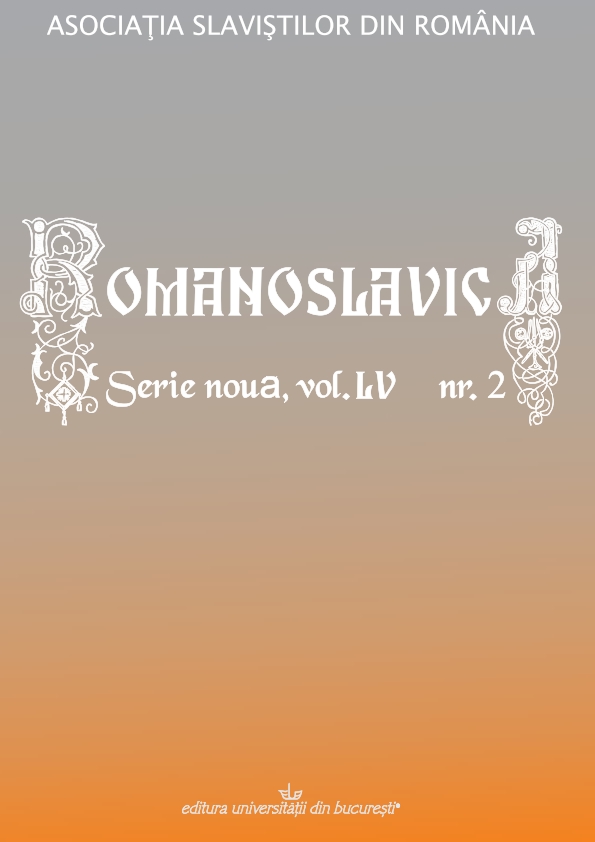
In this paper, the author tries to present the relationship between women writers Elena Maróthy- Šoltésová (1855-1938), Terézia Vansová(1857-1942), Božena Slančíková-Timrava (1867-1951), Ľudmila Podjavorinská (1872-1951) and the contemporary literature and society, as well as their contribution to the Slovak culture.
More...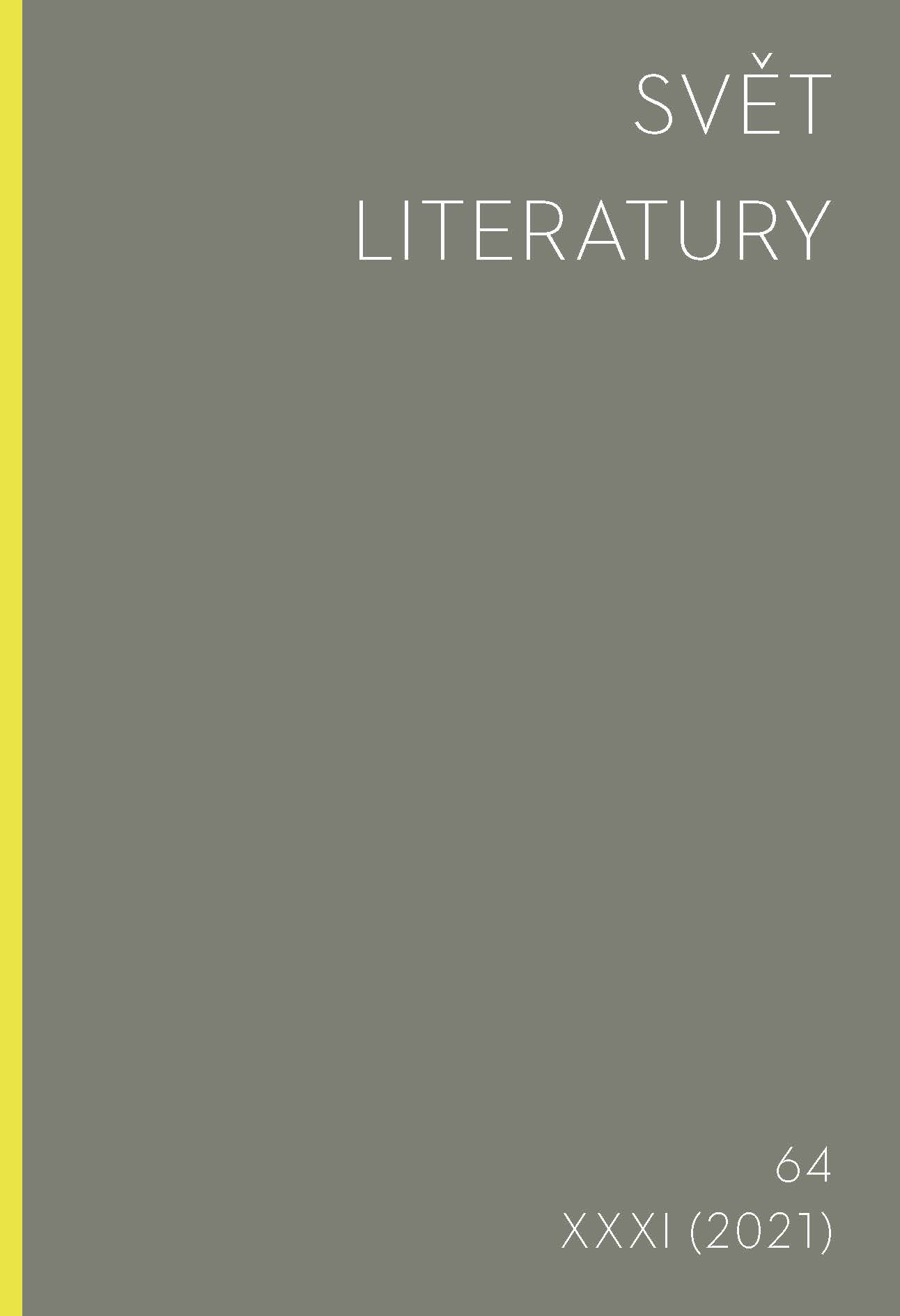
The article focuses on the analysis of autobiographical intentions in Dominik Tatarka’s work Navrávačky. The author’s autobiographical approach is decrypted in the Nietzschean context as the subject’s self-realization strategy based on the principle of fixation and elaboration. The Carpathian shepherd concept, which is a result of the interference between fixation and elaboration principle, is based on the autobiographical semantic concentration and re-direction of the experienced events. However, by activating mythological schemes, it creates an opportunity to transform the author’s pragmatic image into an icon.
More...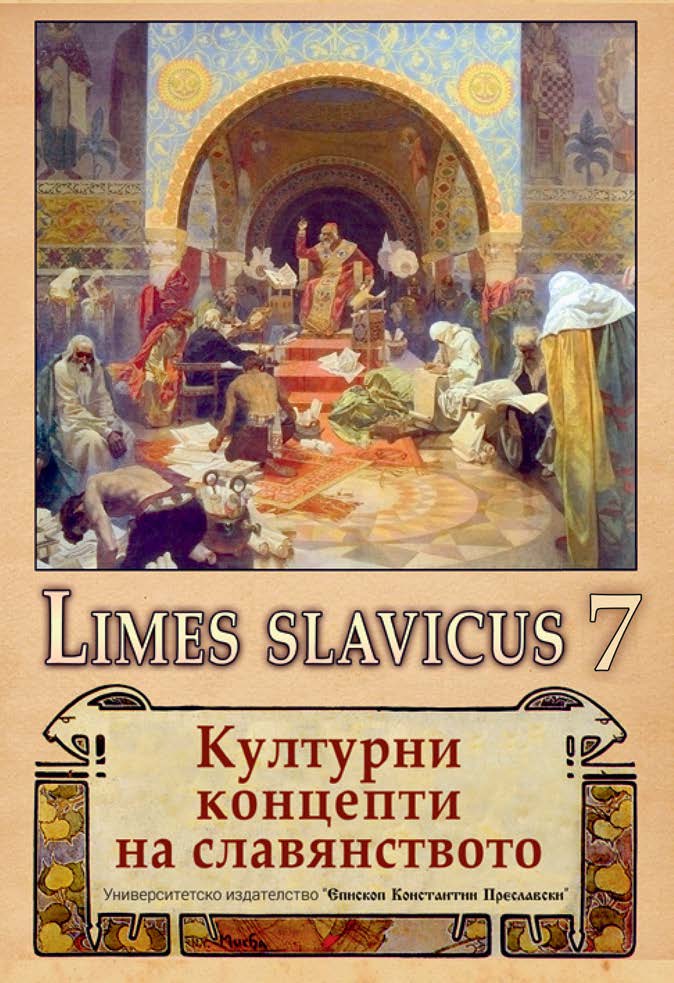
In this study I will try to name the differences between Slovak prose after 1989 and after 2000, but also to define the specifics of each decade, in relation to previous periods. I will be interested in the stylistic-typological (postmodern, feminist, expatriate, etc.) and poetological (transformations of characters, space or narrative, but also phenomena such as detabooing, vulgarisation, decomposition, hybridisation, etc.) tendencies in the given stages and their concretization through the texts of selected authors who prove relevant not only for the development of post-1989 prose, but in the history of Slovak literature in general.
More...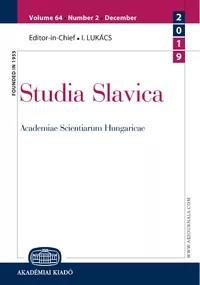
The study focuses on the analysis of the poetry book Helena nosí ľaliu (1935), which should be understood as an important milestone in the poetics of Rudolf Dilong where a poetic-methodical turn towards more modern artistic endeavours occurs. At the same time, the deep-motivic basis of his work was not modernized but paradoxically it was religion that served as an energetic source of poetic modernization. A deeper insight into it can serve as a useful basis for understanding the entire poetry book, as religious motifs are anchored in the used symbols and guarantee their validity. The high level of symbolization can also be seen as an organic part of avant-garde poetics, the goal of which is to interrupt the causality of empirical reality by rejecting the dominance of rationality, emphasizing the role of sensory perception, thus opening the space for the realization of Dilong’s desire for escape to a “happier” alternative reality.
More...